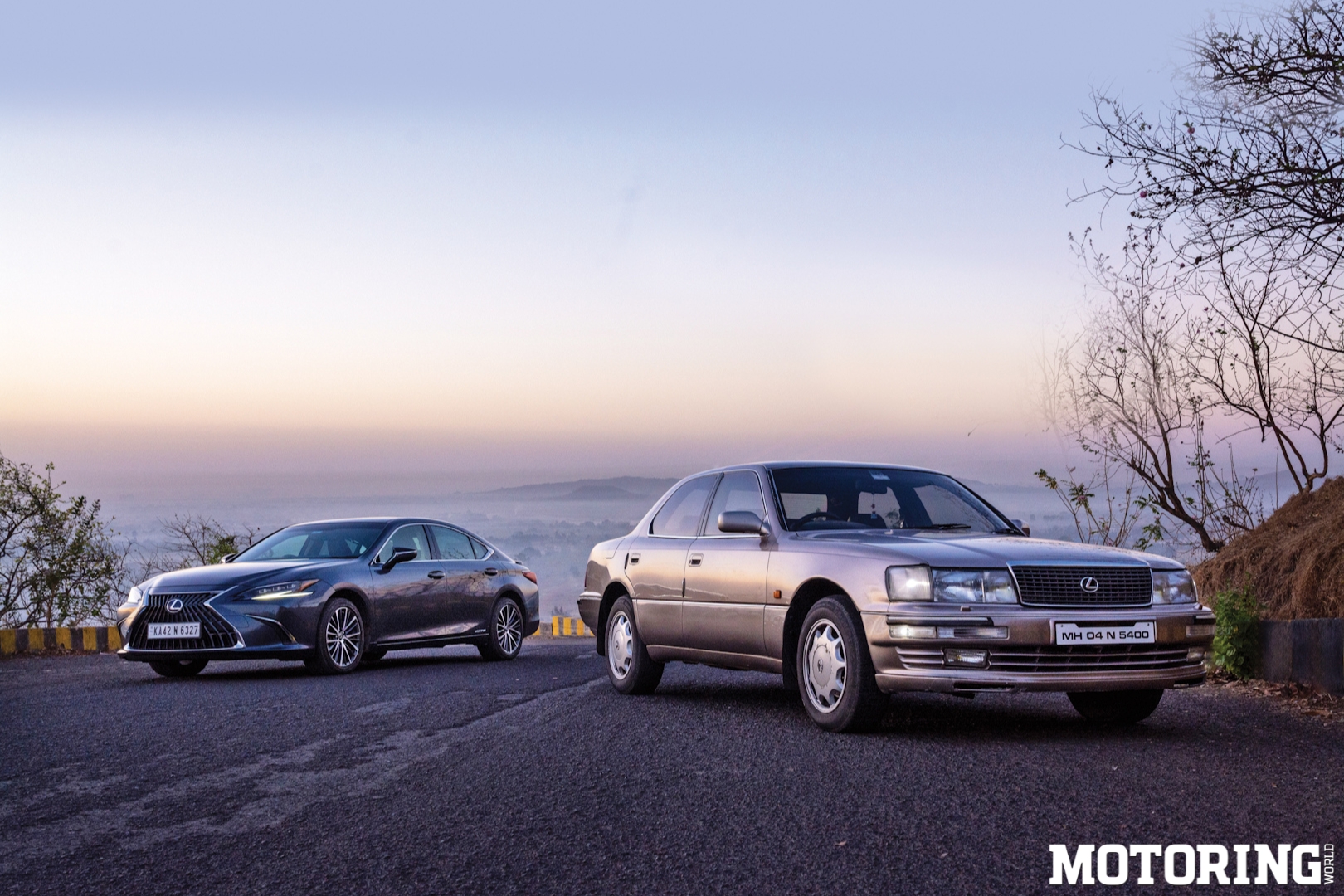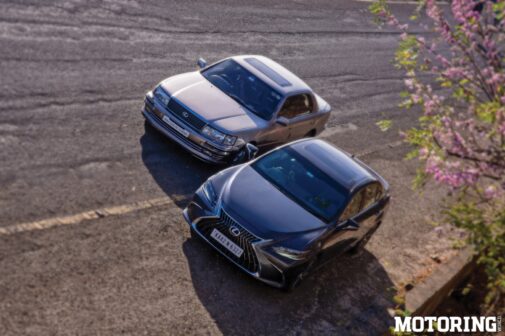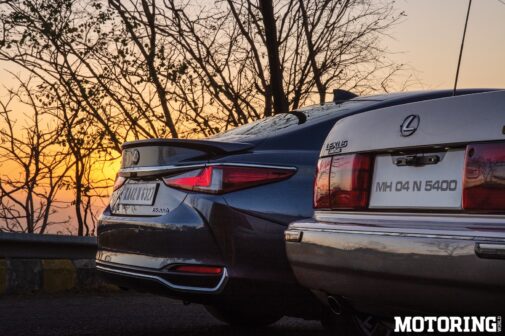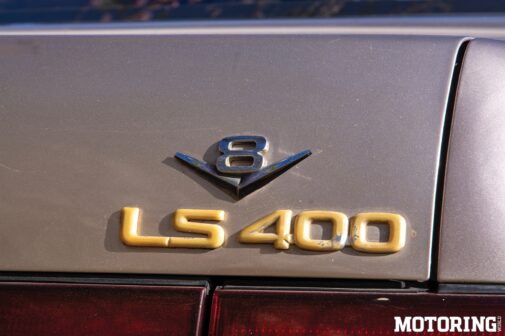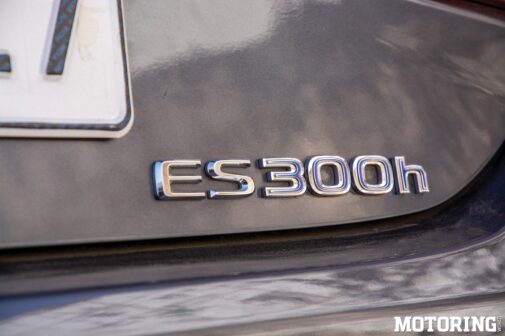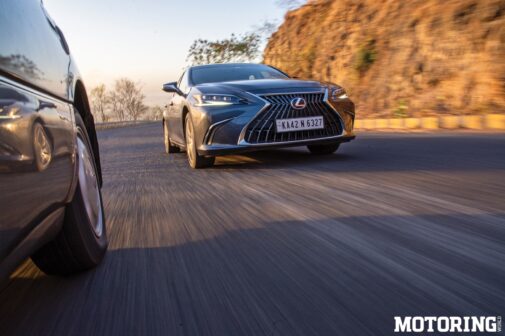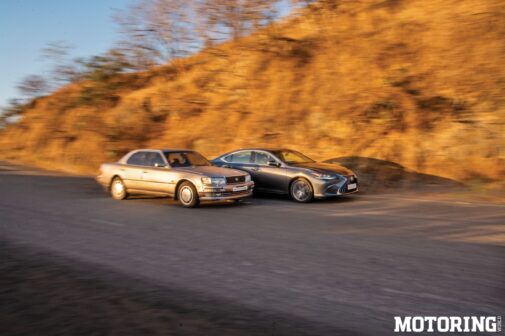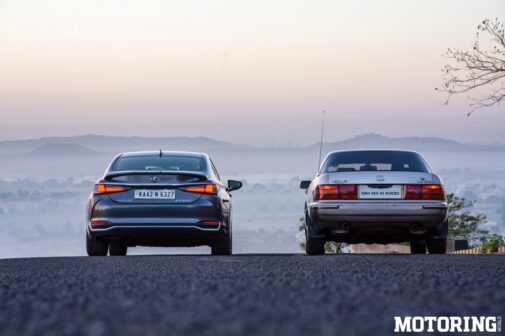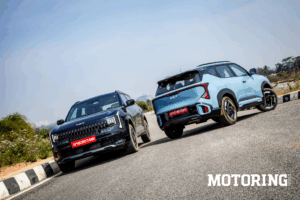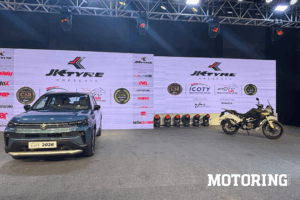Perfectionism is woven into the fabric of Japanese culture. From the meticulous artistry of geisha to the world–renowned quality of their automobiles, a relentless pursuit of excellence defines the Japanese spirit. This dedication extends far beyond the realm of traditional arts. Japanese whiskeys now rival their Scottish counterparts, while a pizzeria in Tokyo has been crowned one of the best on the globe.
This meticulous approach is perfectly captured in the documentary ‘Jiro Dreams of Sushi,’ which delves into the life of a legendary sushi chef whose unwavering commitment to his craft is nothing short of awe–inspiring. Japan’s obsession with precision extends to the realm of technology as well. Their camera brands, like Canon and Nikon, are synonymous with cutting–edge innovation, and their reputation for mechanical reliability is unmatched. Every stunning image you see in a magazine, every technological marvel in your pocket, most likely owes a debt to Japanese ingenuity. It’s within this context of relentless pursuit of excellence that we explore the latest offerings from Lexus, a brand that embodies the Japanese spirit of perfection.
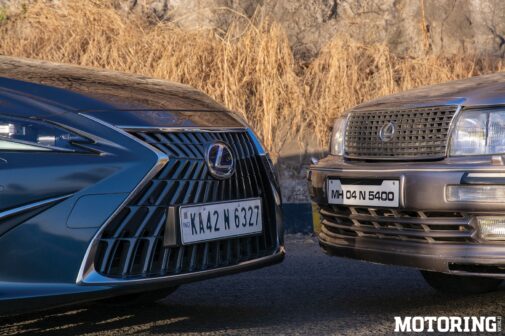
Toyota’s unwavering pursuit of perfection led to the birth of Lexus, a brand conceived as the ideal luxury export for the United States. However, Lexus didn’t settle for a gentle climb to the top. They set their sights on dethroning the reigning champion – the Mercedes-Benz S-Class.
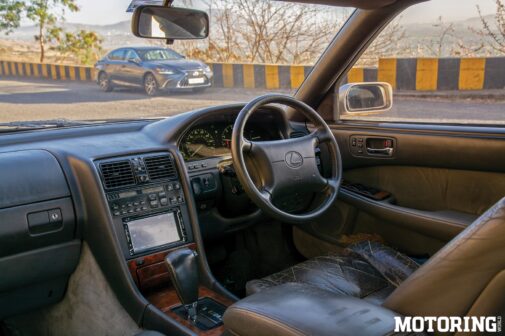
Fueled by a staggering near–billion–dollar investment in research and development, Lexus boldly challenged the established German luxury giants. Today, we have a unique opportunity to experience both ends of the Lexus spectrum. We’ll be taking a close look at the Lexus LS 400, a nearly 30–year–old flagship sedan that’s weathered the Indian roads since 1995. This automotive veteran will stand toe–to–toe with its modern–day hybrid counterpart, the Lexus ES 300h.
The contrast is stark. The LS 400 boasts a powerful V8 engine, a symbol of old–school luxury muscle. The ES 300h, on the other hand, embodies the new age of Lexus, offering a spirited yet fuel–efficient 2.5–liter hybrid powerplant.
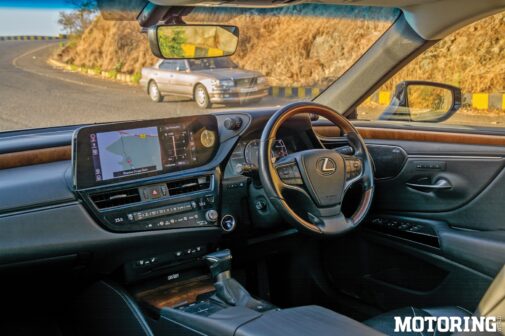
As we get into these two remarkable vehicles, we’ll explore how Lexus has navigated the ever–evolving landscape of luxury, pushing the boundaries of technology, comfort, and design, all while staying true to its Japanese heritage of relentless refinement.
Our time capsule, the 1995 Lexus LS 400, exudes a classic, imposing presence. Its boxy silhouette, a hallmark of ’90s luxury sedans, commands attention. The chrome grille, a symbol of automotive prestige in that era, dominates the front grille. Sharp lines and uncluttered surfaces create a timeless elegance, a testament to the enduring appeal of classic design.
Fast forward nearly three decades and the Lexus ES 300h showcases a dramatic shift in design philosophy. Its sleek, aerodynamic lines convey a sense of modern efficiency. The signature Lexus spindle grille takes centre stage, flanked by sharp LED headlights that announce its contemporary identity. Flowing curves and sculpted features create a more dynamic and athletic stance, reflecting the changing tastes of luxury car buyers.
Despite their contrasting aesthetics, both cars share Lexus’ meticulous attention to detail. The LS 400’s flush–mounted headlights and near–perfect panel gaps speak volumes about the craftsmanship of its era. The ES 300h continues this tradition with its crisp lines and tight tolerances, showcasing the brand’s unwavering commitment to quality.
Inside the LS 400 is like entering a time warp of luxury. Plush, expansive leather seats and a bit of wood panelling dominate the cabin, creating a sense of warmth and grandeur. While the design may feel dated compared to modern sensibilities, every button, switch, and knob operates with a satisfying solidity – a testament to the era’s focus on build quality. Here, luxury translates to spaciousness and comfort, with ample legroom and headroom for all passengers.
The ES 300h’s interior reflects a more contemporary interpretation of Lexus luxury. Sleek, high–quality materials combine with a driver–centric layout that prioritises ergonomics and technology integration. The emphasis here is on a more modern, sporty feel, evident in the sculpted seats and the use of contrasting materials. While the focus has shifted towards a more connected driving experience, the Lexus hallmark of meticulous craftsmanship remains – every surface feels impeccably finished, and every button press delivers reassuring tactile feedback. Both interiors, despite their generational differences, share a spirit of Lexus luxury – a focus on comfort, quality, and attention to detail.
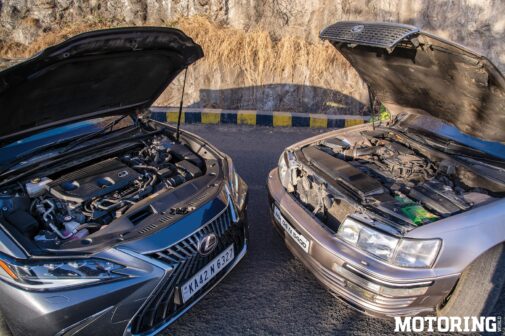
One interesting reversal of trends lies in the approach to timekeeping. The LS 400 boasts a digital clock with a green–amber glow, a nostalgic reminder of a bygone era. In contrast, the ES 300h embraces a crisp and modern analogue clock, highlighting the evolution of in–car aesthetics.
The gulf separating the 1995 Lexus LS 400 and the modern ES 300h is most evident in the realm of electronics and safety features. The LS 400, while luxurious for its time, offered a relatively basic electronics package. A cassette player and a rudimentary climate control system were considered cutting–edge back then. Safety features were primarily mechanical, with anti–lock braking systems (ABS) being a significant innovation.
Fast forward to the ES 300h, and we enter a world of technological marvels. A high–resolution touchscreen infotainment system serves as the nerve centre, controlling everything from navigation and audio to climate settings. Advanced driver–assistance systems like lane departure warning, blind–spot monitoring, and adaptive cruise control provide an extra layer of safety and peace of mind.
This dramatic shift reflects the exponential growth of automotive technology. What was considered luxurious in the LS 400 is now considered baseline functionality. The ES 300h represents the cutting edge, offering features that were unimaginable just a few decades ago.
The contrast between the LS 400 and ES 300h is starkest when it comes to their engines and powertrains. The LS 400 embodies the era’s love affair with large, powerful engines. Its beating heart is a 4.0–litre V8 engine, a symbol of old–school luxury muscle. This engine delivers ample power and a satisfying rumble, perfect for those who appreciate a strong and spirited driving experience. However, fuel efficiency wasn’t a primary concern back then, and the LS 400 undoubtedly thirsts for premium fuel.
The ES 300h, on the other hand, represents a complete paradigm shift. Lexus embraces cutting–edge hybrid technology with a 2.5–litre four–cylinder engine coupled with an electric motor. While the overall power output might be lower than the LS 400, the focus here is on efficiency and environmental friendliness. The ES 300h delivers smooth and responsive acceleration, all while achieving impressive fuel economy figures. This reflects the changing priorities of the modern luxury car market, where environmental consciousness and sustainability are increasingly important factors for discerning buyers.
Behind the wheel, the generational gap between the LS 400 and ES 300h becomes abundantly clear in their approach to ride and handling. The LS 400 prioritises a luxuriously comfortable ride. Its suspension is set up to absorb bumps and imperfections with aplomb, isolating occupants from the harsh realities of the road. This, coupled with its substantial weight, translates to a more relaxed and stately driving experience. While not cumbersome by any means, the LS 400 isn’t designed for those seeking sharp handling or a sporty feel.
The ES 300h, on the other hand, adopts a more modern approach. Its suspension offers a good balance between comfort and handling. While it still maintains a smooth ride, it delivers a more connected and engaging driving experience. The car feels lighter and more responsive on the road, with less body roll when taking corners. This caters to a new generation of luxury car buyers who desire a blend of comfort and a hint of sportiness behind the wheel.
The Lexus LS 400 and ES 300h stand as testaments to Lexus’ unwavering commitment to luxury. The LS 400, a near 30–year–old icon, embodies the classic interpretation of luxury — spacious, opulent, and built to last. The ES 300h, a modern marvel, showcases the brand’s embrace of technology and sustainable innovation. Despite their contrasting eras, both vehicles exude a sense of quiet luxury.
This concept of subtle sophistication, rather than overt flamboyance, is a hallmark of the Lexus brand. It resonates with the idea of ‘quiet luxury’ popularised in shows like Billions and Succession, where understated elegance reigns supreme. In a market often saturated with chrome and flashy displays, Lexus offers a distinct alternative. Their cars may not scream for attention, but for those who appreciate discerning taste and meticulous craftsmanship, a Lexus leaves a lasting impression. While subtlety might not always translate to widespread popularity, for those seeking a truly refined driving experience, Lexus stands out as a brand that prioritises timeless elegance and unwavering quality.





